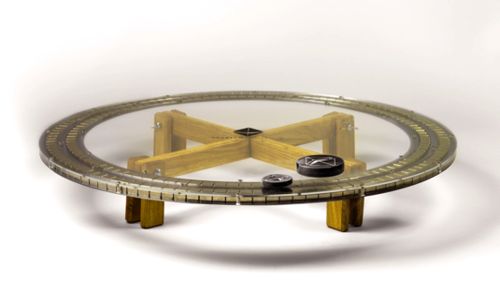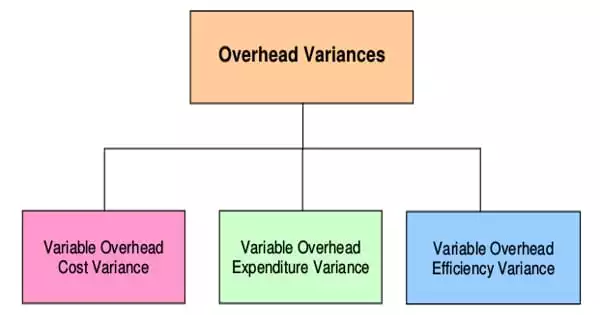Magnetic levitation is the suspension of an object above or below a second object by means of magnetic repulsion or attraction. It is also known as maglev or magnetic suspension is a method by which an object is suspended with no support other than magnetic fields. Magnetic force is used to counteract the effects of the gravitational acceleration and any other accelerations. Magnetic levitation technology can be used as an efficient technology in various industries.
Magnetic levitation is a technique that utilizes a paramagnetic solution to accurately measure the density of a diamagnetic object. It is used for maglev trains, contactless melting, magnetic bearings, and product display purposes.
It is a system in which the vehicle runs levitated from the guideway by using electromagnetic forces between superconducting magnets onboard the vehicle and coils on the ground. It is a highly advanced technology. It has various uses. The common point in all applications is the lack of contact and thus no wear and friction. This increases efficiency, reduces maintenance costs, and increases the useful life of the system.

The two primary issues involved in magnetic levitation are lifting forces: providing an upward force sufficient to counteract gravity, and stability: ensuring that the system does not spontaneously slide or flip into a configuration where the lift is neutralized. It involves suspending materials with magnetic fields. When gravity, acceleration, and other forces weigh down on an object, they can all be counteracted by magnetic pressure.
Magnetic levitation is a technique that utilizes a paramagnetic solution to accurately measure the density of a diamagnetic object. It is used for maglev trains, contactless melting, magnetic bearings, and product display purposes. Maglev train systems use powerful electromagnets to float the trains over a guideway, instead of the old steel wheel and track system. It is the suspension of a vehicle above or below a suitable guide rail by such means, often with the vehicle being propelled by a linear induction motor. A system called electromagnetic suspension suspends, guides, and propels the trains. Now it is used in high-speed rail technology; the train is suspended on a magnetic cushion above a magnetized track and so travels free of friction. A large number of magnets provide controlled tension for lift and propulsion along a track.















